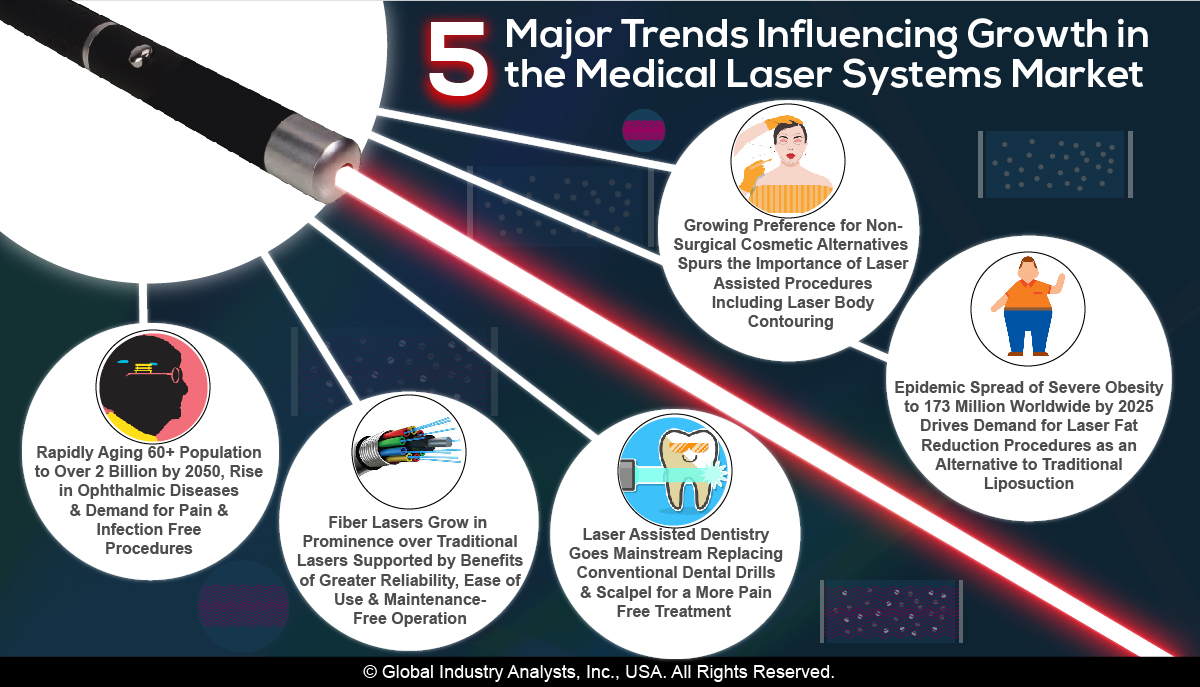This Post Discusses The LASIK Alternatives For Thin Corneas

Posted by-Lausten McNeil
There are many people that have been told they can't get approved for LASIK eye surgery due to poor corneal density. Chu Cataract Surgery , there are other refractive surgical treatment alternatives for them to consider.
These new treatment choices are much more effective than LASIK at dealing with certain kinds of vision issues and decreasing the requirement for glasses or get in touches with. They're additionally more budget-friendly than LASIK!
1. PRK
LASIK is a preferred laser vision modification surgical procedure, however not every person is an optimal candidate for it. This is especially real for those with slim corneas or those that take part in energetic sports or work in high-risk tasks that place them at a higher threat of injury to their eyes.
The good news is, there are various other lasik options that are effective and also safe for clients who do not get approved for LASIK. One of these is PRK (photorefractive keratectomy).
Like LASIK, this treatment intends to permanently correct your refractive error. It additionally permits you to reduce or remove the demand for glasses and also get in touches with.
2. ASA
If you're thinking about LASIK however have completely dry eyes or thin corneas, ASA (Advanced Surface area Ablation) might be the best alternative for you. This laser vision modification method improves the outer layer of your cornea, enabling your doctor to utilize an excimer laser to fix your eye's refractive mistake.
ASA is a more advanced version of PRK, or photorefractive keratectomy, which was the precursor to LASIK and also was first authorized by the FDA in 1995. Throughout this procedure, your epithelium is separated, moistened with a watered down alcohol service, and folded back, before the excimer laser reshapes the cornea.
ASA has less risks than LASIK or PRK, and it generally takes a shorter healing period. However, there are some side effects that ASA clients could experience, consisting of post-operative discomfort as well as discomfort, undercorrection or overcorrection, as well as night vision disruptions.
3. Refractive lens exchange
For patients who are significantly nearsighted or farsighted and can not undertake laser vision correction treatments such as LASIK or PRK, refractive lens exchange is a wonderful option. This treatment is done by changing your all-natural lens with a special intraocular lens (IOL) that fixes your refractive mistake as well as gets rid of the demand for glasses or calls.
If you struggle with presbyopia, an age-related eye condition that causes you to have difficulty seeing at close distances, Refractive lens exchange is the most effective choice readily available to you. This is since LASIK can not effectively fix this eye trouble as it works with the cornea.
For most people, the aging procedure triggers the lenses in their eyes to lose adaptability and also become much less adaptable. This creates issues concentrating on up close objects such as reading and also dialing phones.
4. Monovision
Monovision is a method of vision improvement that makes use of a call lens to remedy for both far and wide ranges. It is most frequently utilized to deal with presbyopia, which is a typical eye condition that occurs as individuals age.
It can also be an alternative to LASIK in some patients. With monovision, one eye is corrected for range vision and also the other is remedied for close-up vision (near vision).
https://www.tennessean.com/story/sponsor-story/wang-vision-institute/2019/07/22/center-performed-worlds-first-3-d-lasik-procedure-calls-nashville-home/1754048001/ who make use of monovision call lenses do not need reviewing glasses or bifocals. However, this is not always the instance.
In a handful of instances, it can be needed to use glasses when dealing with fine detail or concentrating on close-up objects.
Surgical alternatives for monovision consist of laser surgical procedure as well as intraocular lens insertion. In the short-term, monovision may be attempted with get in touch with lenses to figure out if it is appropriate for a patient.

